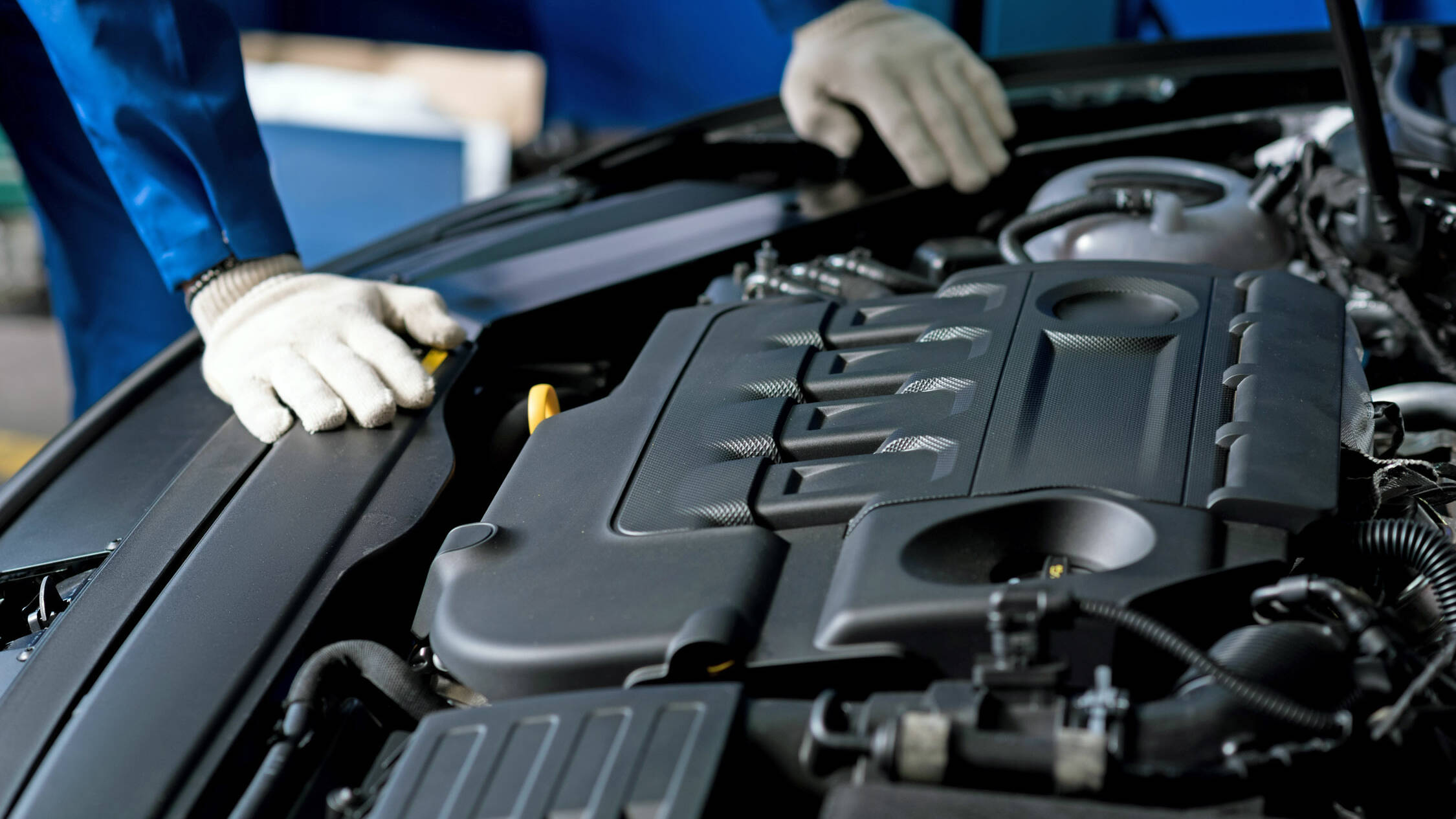At Turbo3 we are specialists in turbos for car engines, we repair and sell top quality turbos, we are official distributors of Garrett Turbos, Holset Turbos, Schiwtzer Turbos, Continental Turbos, Borgwarner Turbos, and Borgwarner cooling systems, Mitsubishi Turbos, PBS Turbo, Kendrion Turbos, turbotechnics and Turbolader, in addition to supplying Komatsu and Toyota Turbos.
Consult our turbo search engine for our wide range of turbochargers and their components
To keep the tube in perfect condition and extend its life, our technicians present you with a series of tips and recommendations.
The 6 ways to protect your car's turbo engine against wear.Maintenance tips and handling tips:
1. Regular oil maintenance
Turbo systems are made up of moving parts that spin at incredibly high speeds and operate under intense heat and pressure. This means they need a steady stream of quality motor oil to lubricate the compression valve and inlet and outlet fans, to reduce wear and help them perform at their best. This means they need a steady stream of quality motor oil to lubricate the compression valve and inlet and outlet fans, to reduce wear and help them perform at their best….
To get the best performance from a turbocharger, change the oil at least every 5,000 miles, replacing it with a fully synthetic oil that is the proper API for your car’s engine type. Your vehicle manual should recommend the best oil choice for your car. If you do not find it, call Turbo3 technical service and we will solve all the problems and if necessary we will help you choose a new turbo.
2. Warm up the engine
Engine oil thickens in cold weather, which means it does not flow as freely around the engine compartment. This means that until the oil has warmed up and thinned, moving parts are at increased risk of wear, and this is especially true for turbos.
Every time you get behind the wheel when your car is cold, consider the engine oil warm-up time and change your driving style accordingly. Being overly aggressive with the right foot puts great pressure on the oil pump, which has to release more pressure to circulate the thick oil through the system. Thick oil is also ineffective in properly lubricating moving parts, which can cause problems in the turbo system.
During the first 10 minutes of driving a cold car, use the accelerator pedal to limit the stress on the oil pump and avoid unnecessary wear on the turbo system. Wait at least 10 minutes before fully accelerating, or watch the oil gauge when it reaches its optimum temperature.
3. Do not exceed the Turbo limits when driving
Having a turbo system in your car may sound exciting, but they are often only there to make up for the power loss of having a low capacity engine, particularly in modern eco hatchbacks. For this reason, it’s important to keep in mind the limits of your car’s turbo system and avoid overdoing it by being too aggressive on the gas pedal.
When driving your car around town or on the highway, try not to hit the gas. Instead, slow down slowly to give the turbo a chance to start spinning freely, and use the throttle sparingly to maintain your speed. While turbochargers undergo rigorous stress tests and should last the entire life of the engine, regular bouts of aggressive driving could take their toll and cause costly problems.
And remember: not only will smooth driving save your turbo suffering, but it will also give you great fuel economy.
4. Use your gears to overtake
While a turbo system gives smaller engines plenty of horsepower and torque, you should still slow down when overtaking, and not rely on turbo for all of the car’s accelerated performance.
Whether you’re driving on a long climb, overtaking on a highway, or accelerating into the fast lane on the highway, shifting to a lower gear is a safer long-term option than relying solely on the turbocharger. The gears were built to aid performance up and down in the rev range, so using a combination of gear shifting and turbocharging will help limit wear on the turbo system.
5. Let the engine cool down after driving
Turbos produce a lot of heat while driving, and if you turn off the engine immediately, this residual heat will boil the oil in the turbo system, causing a build-up of carbon particles that can cause corrosion and premature engine wear.
After driving, get in the habit of letting the engine run for a couple of minutes at idle, which will cool the turbo enough to shut down the engine without cooking the engine oil.
6. Do not operate the accelerator before turning off the engine
Whether you’re parking or just want to hear the buzz of the turbocharger, don’t press down on the gas just before you turn off the ignition. By pressing the accelerator, the rotating turbines in the turbo rotate; When the engine is turned off, the flow of oil that lubricates these moving parts will stop, but the turbines will not stop rotating. This puts pressure on the bearings, causing friction and a build-up of heat that can lead to failure of the turbo system.
You can reduce this risk by following the advice in point five: let the engine cool before turning off the ignition.














